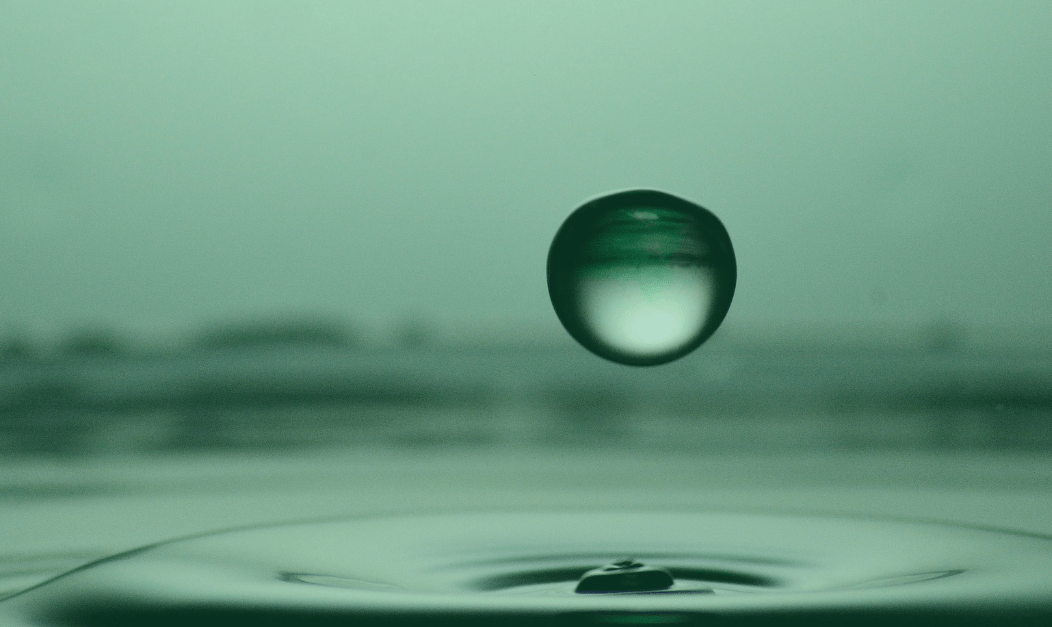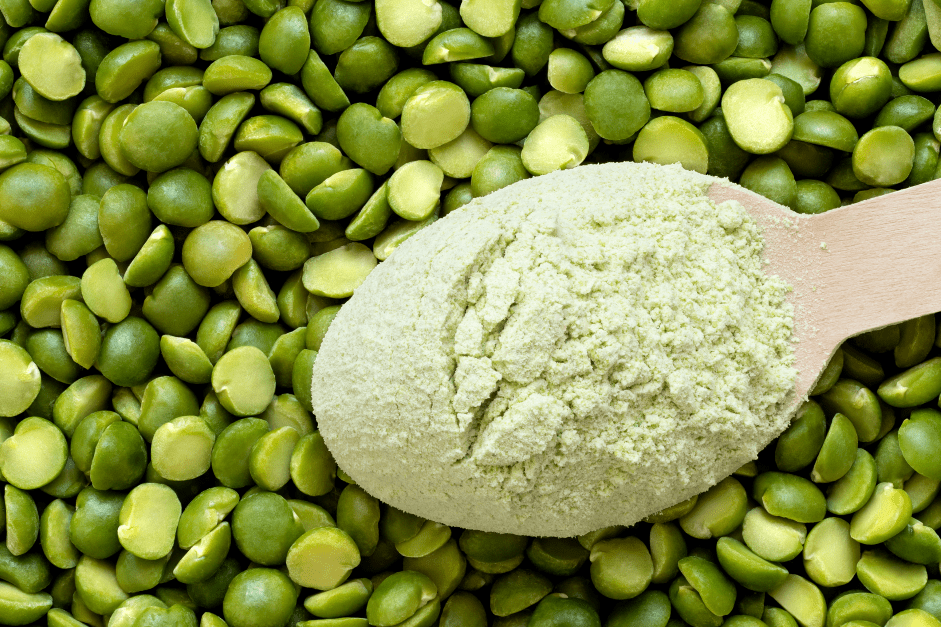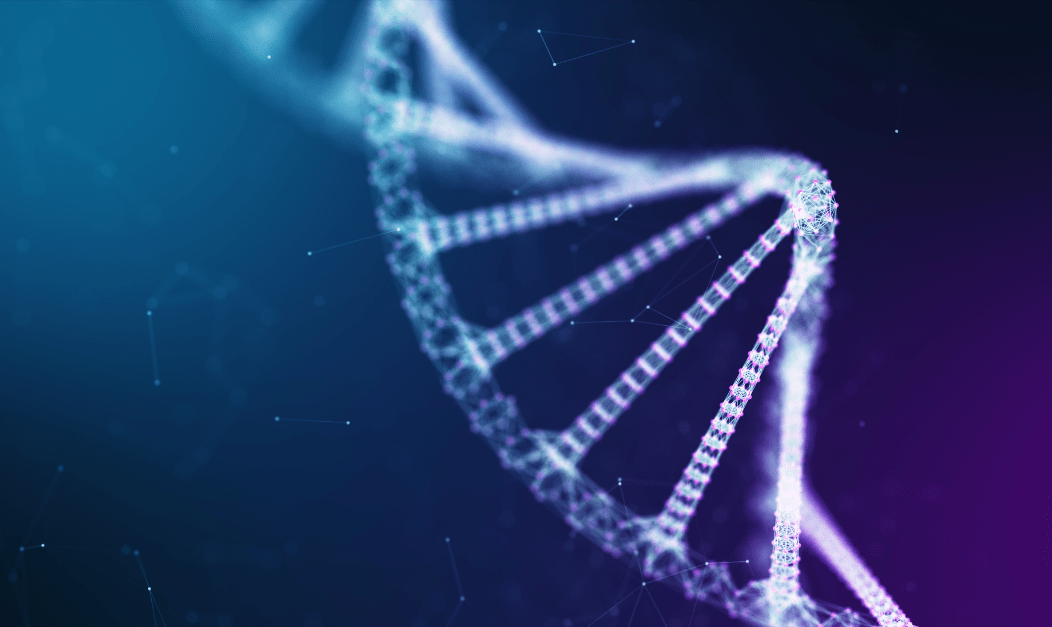Reden wir über Laborwasser
Blog tabs

People are paying greater attention to the environmental impact of everything they do, with businesses, governments and individuals becoming increasingly aware of the need for sustainability and...

Lake Baikal in southern Siberia is the deepest lake in the world – up to 1.6 km deep in places – and has a unique ecosystem. It is also a wonderfully undeveloped area as illustrated in the photograph...

A new study provides detailed insights into the nutritional and economic potential of organic dry peas as a sustainable plant-based protein source. Increased awareness of the health and environmental...

Die Verunreinigung von Lebensmitteln ist ein ständiges Problem der Industrie. Sie kann vom Rohmaterial bzw. dem Rohstoff selber ausgehen oder von den bei der Lebensmittelzubereitung verwendeten...

Eine neue Studie erforscht die gesundheitlichen und ernährungsphysiologischen Potenziale der Vogelbeere und ihrer Kultivare und lässt auf eine Vielzahl vielversprechender Anwendungen in der...

Wechselwirkungen von Medikamenten mit verschiedenen Stoffen sind sowohl in der Human- als auch der Veterinärmedizin seit langem bekannt. Oral verabreichte Antibiotika sind in der konventionellen...

Forschende sind nun einer wichtigen Frage nachgegangen, die die Lebensmittelindustrie schon lange umtreibt: Hat die Anbaumethode Einfluss auf die Menge an mineralischen Elementen und biologisch...

Genetics and genomics research has the potential to transform modern medicine, offering ways to prevent and treat some of the most complex diseases. In fact, we’re already seeing how these...

